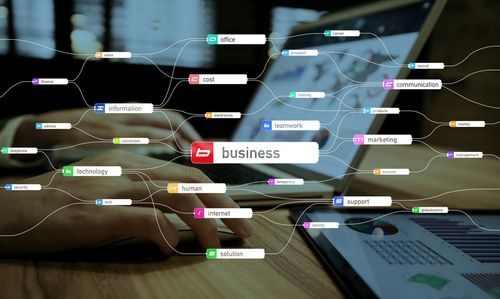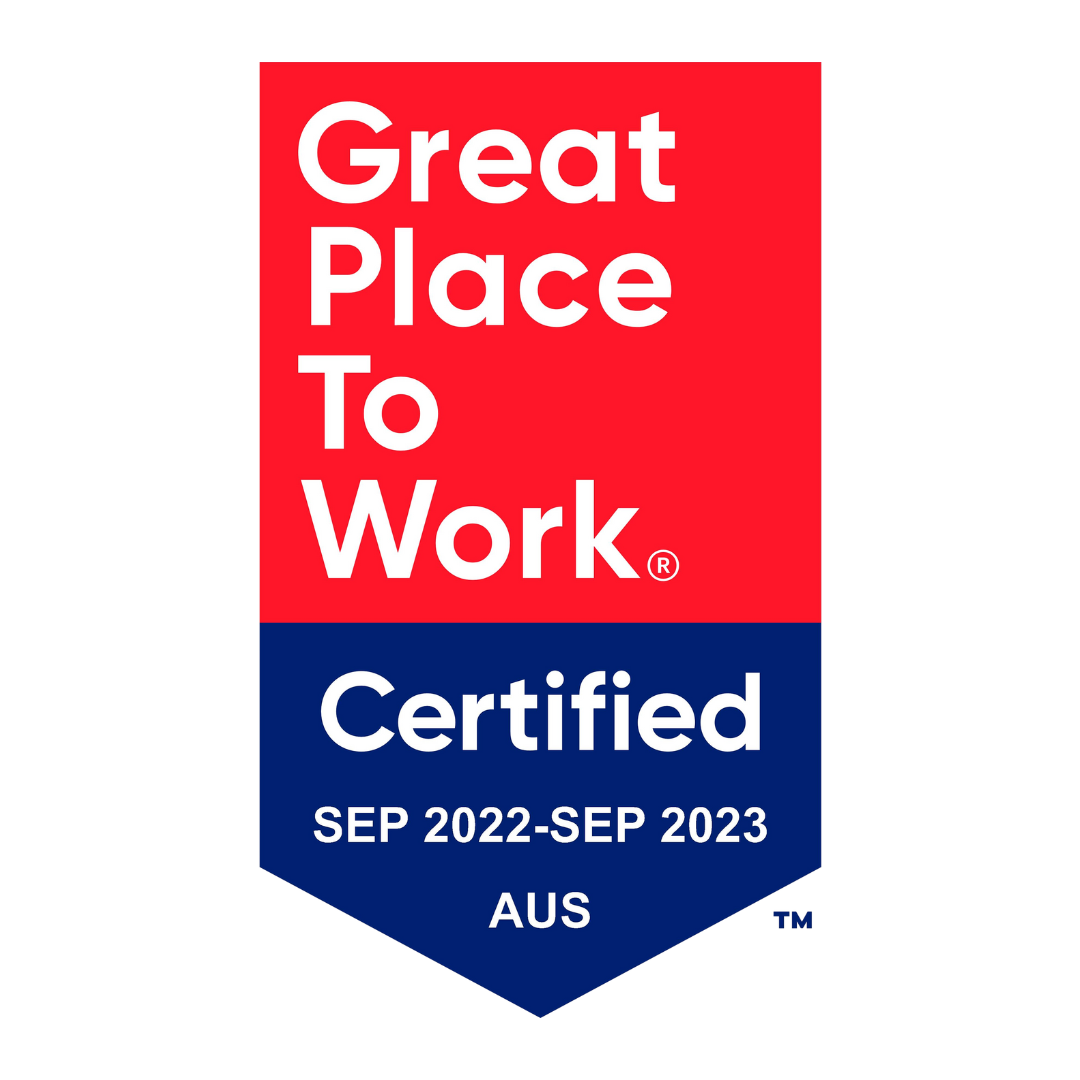Is it time to leave your current job? Here's how to start looking for a new one
Looking for a job can be daunting and sometimes it’s hard to know where to start. But it’s important, especially at busy times of the year (such as in this month!) to be prepared before going into your job hunt.
This is the busiest time for people deciding it’s time for a fresh start at a new organisation. So, you can’t be handing out a sloppy resume or a half-hearted email and hope for the best. You will not stand out doing it this way.
Here are the steps to take when kicking off your job search.
1.
Perfect your resume. Update it. Make sure everything on it is relevant. You will come back to your resume to edit it after you’ve looked up and discovered the jobs you’ll be applying for, but first, make sure it’s as good as a generic resume can possibly be. Prepare a generic cover letter too.

2.
In addition to this, check out your digital footprint and clean it up accordingly. For some tips on this, you can click here.
3.
Clarify the companies which you are most interested in working for.
4.
Narrow down the specific roles you are a) qualified for and b) want to apply for. For industry specific roles such as technical IT positions, it’s handy to check out industry-specific job boards such as relevant recruiter websites on top of searching on Indeed, Seek and other popular job boards.

5.
Start reaching out to your network. Be more interactive on social channels such as LinkedIn especially with those who are connected with your companies of interest. Engage in conferences and industry catch-ups. Be open to starting conversation with new people and/or existing friends and acquaintances at any social event. Before you know it, you will have a wider network of people who know which way you want to go in your career and perhaps one of those people will be able to help.

6.
When you’ve got a job ad in front of you, prepare your resume in conjunction with the keywords of the ad. Save the resume as a copy for that specific role. Continue this step for all the different roles you are applying for. Keywords will stand out to potential employers and recruiters. Do the same with the cover letter if the job requires one.

7.
Start applying. There are many different processes depending on the company when it comes to how to apply. Get through as many as you can when you have the time. Avoid applying several times to the same company for all different roles.
8.
Start preparing for your interviews! Some interview tips that can help can be found here.





















